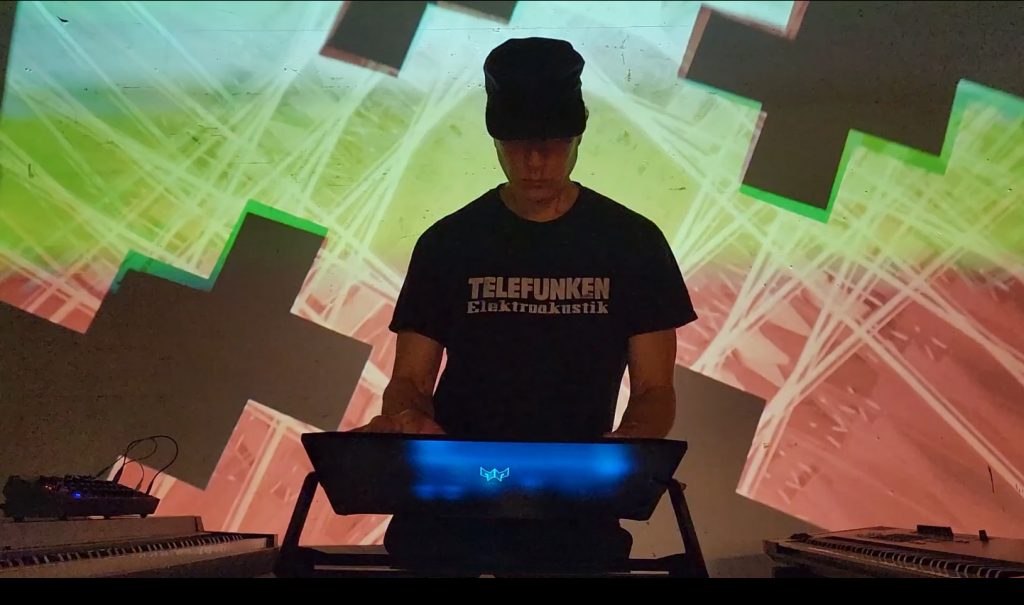 Theory
Theory
Assemblage and Dynamism
This is a discussion of some of the theoretical underpinnings of the Lightspace Modulator project, referencing some art movements of the early 20th century. Two key concepts are “assemblage” (as pioneered by visual artists such as Picasso and Schwitters and filmmakers such as Vertov) and “dynamism” in three-dimensional work (as demonstrated by Laszlo Moholy-Nagy and Nicolas Schöffer).


A century later, these ideas are still quite relevant and the theories can be applied to approaches to intermedia creation with new (and evolving) digital tools.
Tools for AV Performance: Visual Instruments
In the following presentation I review a bit of art history as well as personal history in the development of instruments for audiovisual performance:
The VSx touchscreen interface shown in screen in this presentation has evolved quite a bit in the couple of years since (as well a great deal of the engine “under the hood”).



For me, developing the processes and tools is at least as important as creating work that can be experienced by an audience (indeed, when working in a performance context, the “product” is transient, so the processes and tools are the only things that actually last). This is not a new idea: artists such as Munari were already thinking along these lines early in the last century.

For a bit more about the VSx system and the way I use it, see this article.

